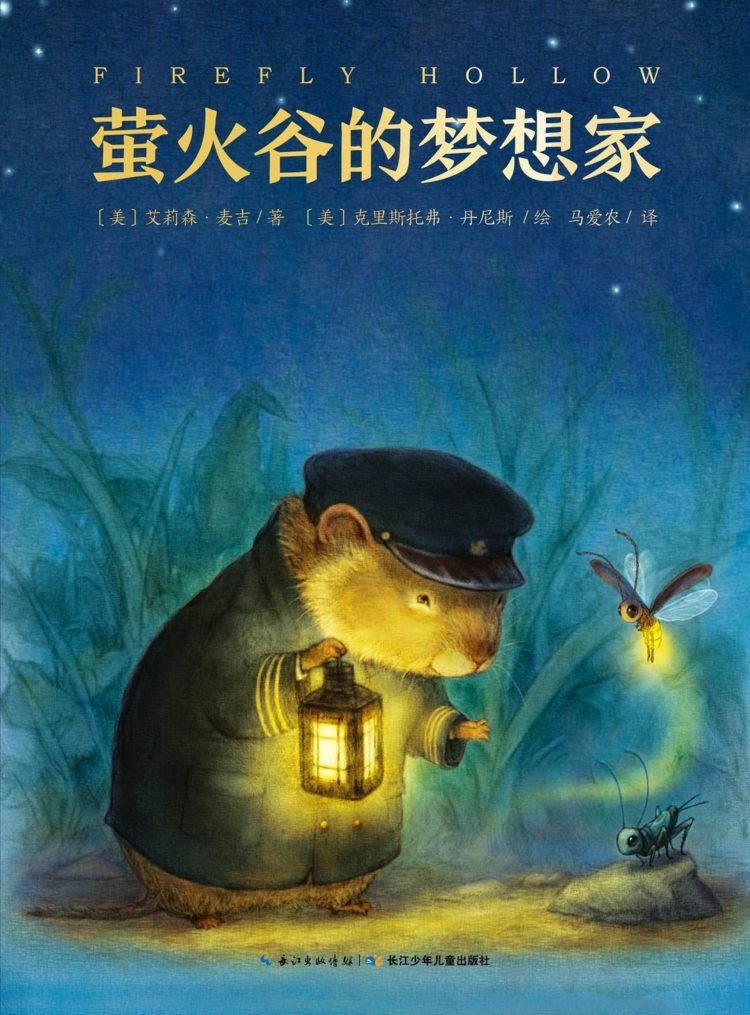
"Love's Resilience: Reflections on the Afterword to 'Lover Man'"
书名:Lover Man
1
0

跑得飞快 2023-06-15 23:18:25
When the first American edition of Lover Man appeared in 1959, great pains were taken to make it intelligible to a white readership. A line on the dust jacket--"Stories of Blacks and Whites"--assured white readers that this collection of stories about Black Americans was also, improbably, about them. And in a foreword, the English poet, novelist, and critic Robert Graves advised fellow white people on how the stories should be read and decoded.
Lover Man, he explained, was a work of "judicious signifying"--in other words, "making a remark about something unremarkable in a situation and pretending to ignore the main issue." Once you, the white reader, could fathom this diversionary habit, Graves predicted, the observational wit of Andersons prose would be evident, for Lover Man is the "real thing."
相关推荐
萤火谷的梦想家
艾莉森•麦吉出生于1960年,是美国《纽约时报》畅销书作家,同时也是大都会州立大学创意写作课的教授。她的作品被翻译成20多种语言并出版,也曾被提名普利策奖,并获得苏斯博士奖金奖、克里斯托弗图书奖、美国 [美]艾莉森•麦吉/[美]克里斯托弗•丹尼斯/绘 2023-03-27 16:50:25鬼马女神捕1·绝密卧底(上)
腹黑凤凰vs毒舌鸡妖——蓝翎:“小姬,跟我去人界吧!”姬十四:“干吗?让人宰了我做小鸡炖蘑菇吗?”蓝翎:“不啊,让妖怪宰了你做小鸡炖蘑菇更气派。”凤凰蓝翎和鸡妖姬十四生活在无忧无虑的灵界。他们的故乡叫 郝天晓 2023-04-17 00:22:47© 2023-2025 百科书库. All Rights Reserved.












发表评价